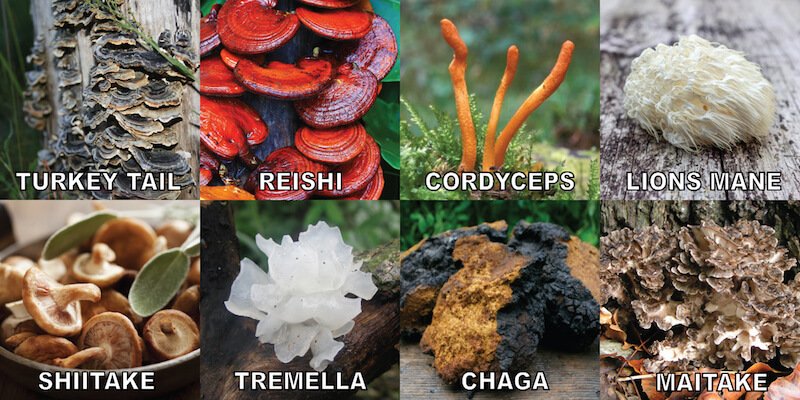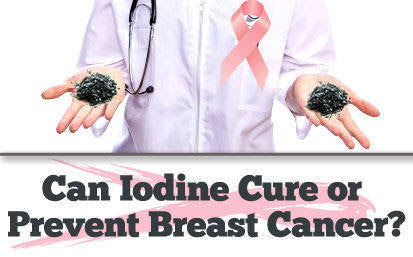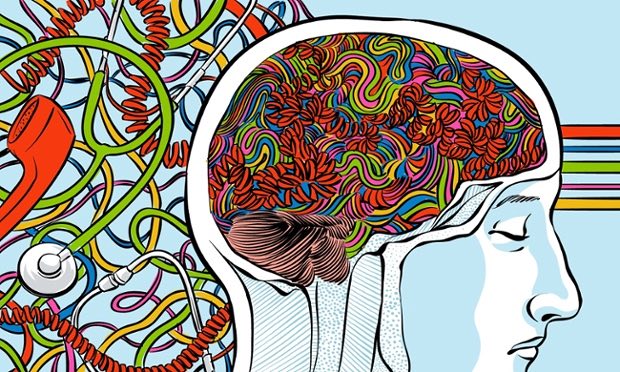Essential Oil Allies: Sweet Fennel
Fennel essential oil is obtained by steam distilling the seeds of Foeniculum vulgare var. dulce. It is mainly grown and distilled in France, Spain, Germany, Hungary and India for its essential oil.
Originating around the Mediterranean basin, this hardy perennial has been introduced to and naturalized across Eur-Asia, India and North America—adapting to most temperate climates. An ancient plant, the Ancient Chinese, Indian, Egyptian and Roman cultures employed this herb for medicine and culinary uses. According to Grieve: “It has followed civilization, especially where Italians have colonized.”
Like many plants from the Apiaceae family, fennel’s seeds have been used for centuries to address digestive complaints (mainly through chewing the seeds, infusions and tinctures). Sweet fennel has also been used to promote lactation, to aide in eyesight, ward off hexes and evil spirits and as a detoxifier/slimming agent (according to Grieve, it was originally called “marathon” by the ancient Greeks, derived from maraino, to grow thin).
Hildegarde von Bingen realized both physical and emotional benefits of fennel: “A person whom melancholy is harming should pound fennel to a liquid and rub it often on his forehead, temples, chest and stomach. His melancholy will stop.” This statement made hundreds of years ago still holds true—fennel essential oil is quite an uplifting and clearing agent. Its volatile oils ease into the mind-body, clearing away the cobwebs so thoughts and creativity may be freely and playfully expressed.
Sweet fennel essential oil shines in the realm of woman’s health, supporting breathing space, spastic pain and uplifting the mood. Fennel is widely used to support digestion but an herbal tincture, infusion of the seeds or chewing the seeds is best used for this versus the essential oil. However there are always exceptions: check out this online French Aromatherapy course to explore the internal use of essential oils, a great way to support digestive issues once you have solid guidelines.
Following are core applications for the essential oil:
| System | Core Applications |
|---|---|
| Reproductive | Balancing to hormones, PMS, dysmenorrhea, amenorrhea, lack of or reduced sexual drive, lack of or reduced milk flow in lactating woman (fennel tea is indicated or inhalation of fennel e/o), cramps, menopause, perimenopause |
| Respiration | Anti-inflammatory, bronchodilator, spastic coughing |
| Musculoskeletal & Circulatory | Muscle spasms or cramps, general muscular aches and pains, detoxifier |
| Nervous/ Psyche/ Emotion | Inflamed mind, difficulty communicating, mental fatigue, expressive, creativity, light-hearted, throat & sacral chakras |
| Digestion | Massaged onto the abdomen for gaseous cramping, inhaled to promote digestive fire, and quell nausea |
Chemistry Highlights: Sweet Fennel essential oil is rich in phenylpropanoids, specifically trans-anethole, which lends to its “anise-like” aroma, and methyl chavicol.
Of note: sweet (dolce) fennel of is not to be confused with the bitter (amara) variety, which is not used in aromatherapy due to its relatively higher content of fenchone and its more “harsh” nature.
Is Sweet Fennel Essential Oil Safe?
Due to its trans-anethole content, fennel essential oil should be avoided by any route (method of application, especially oral) in pregnancy, breastfeeding, endometriosis, and estrogen dependent cancers. Trans-anethole exhibits estrogenic actions. Essential oils with estragole (Methyl chavicol) should also be used carefully (especially internally) for its effect on the blood.
Blending with Sweet Fennel Essential Oil
Fennel stands well on its own and may over-take a blend (depending on country of origin)—start with fewer drops and add more as your blend matures and your olfactory sense sees fit. When blending with fennel, think about the core issue you are trying to address AND how you cook using fennel as it gets along quite well with many other culinary herbs and citrus.
Fennel essential oil swiftly, but sweetly, announces itself: bringing gifts of honey, clear blue skies, open meadows and pollinating insects. It exudes a slightly sweet-floral note, reminiscent of almond and anise confectionary. A bright, clean smell is apparent: memories of seafoam and clean blue water. The dry-down brings an expressive honey-hay aroma that playfully communicates fennel’s memory of its nectar-giving umbels that elegantly looked up at the same sky as you.
Fennel essential oil blends well with: other members of the Apiaceae family (Angelica archangelica, Coriandrum sativum), friends from the Lamiaceae family (Clary sage (Salvia sclarea), Sweet marjoram (Origanum majorana), Rosemary ct. cineole (Rosmarinus officinalis ct. cineole), Peppermint (Mentha x piperita), the Zingiberaceae family (Cardamom (Elettaria cardamomum), Ginger (Zingiber officinale)), Citrus oils (Grapefruit (Citrus x paradisi), Mandarin (Citrus reticulata)) and florals (Cananga odorata Complete, Pelargonium graveolens, Rosa spp.)
Creating Wellness Products with Sweet Fennel
Supporting Feminine Power
This hormone-balancing massage oil is intended to support women of all ages (except during pregnancy and breast feeding). It features plants from the Apiaceae family and is supported by plants from the Lamiaceae family—these plant families have many powerful feminine allies.
What you need:
- 1 ounce bottle (I prefer glass, pump-tops)
- 1 ounce fixed oil of your choice: choose penetrating oils like Sesame (Sesamum indicum), Tamanu (Calophyllum inophyllum) or Hemp (Cannabis sativa) for pain.
- Label
- 5 drops Fennel seed (Foeniculum vulgare)
- 5 drops Clary sage (Salvia sclarea)
- 5 drops Angelica root* (Angelica archangelica)
- 8 drops Coriander seed (Coriandrum sativum)
- 12 drops Lavender (Lavandula angustifolia)
How to make:
- Combine the essential oils in the glass bottle, affix the cap and shake to combine.
- Allow the essential oils to mingle for at least a few hours
- Add the fixed oil(s) of your choice to the bottle
- Affix the bottle dispenser and label the bottle
How to use:
- A best practice to use powerful oils like these on a protocol: use one week before menses to work with PMS symptoms and during menses for cramping and mood balancing. Then take a break from this blend, until 7 days before menses starts.
- Use up to 3 times per day, especially when experiencing cramping.
- Apply a small amount of oil to the lower abdomen and pelvic joint-creases.
- Massage the oil over your lymph nodes and utilize the hair follicles to help the oils absorb into the body.
- *Safety note: Angelica archangelica root has photo-toxic properties. Keep the treated area out of UV/sunlight (and tanning beds) for at least 12, if not 24 hours.
Brighten Your Day with this Mind and Lung Opening Blend
My experiences with this synergy have been absolutely joyous and bright, always quite expansive and dare I say bubbly. Use this synergy of allies for a pick-me-up during any time of the day. Consider using it during meditation and breathing exercises to harness the benefits of these cephalic oils.
Create the synergy in a standard 5 ml bottle equipped with a cap and orifice reducer. Combine the essential oils and let them sit for at least one day. Use as needed for your preferred method of application. I suggest using it in a nebulizing diffuser, an aromatic inhaler or with direct palm inhalation.
- 10 drops Fennel (Foeniculum vulgare var. dulce)
- 8 drops Rosemary ct. cineole (Rosmarinus officinalis ct. cineole)
- 14 drops Black pepper (Piger nigrum)
- 12 drops Frankincense (Boswellia carteri)
- 16 drops Lemon (Citrus limon)
Foaming Soap for Spring Cleaning the Soul and Hands
Bring the uplifting, cleansing qualities of fennel to a nourishing and gentle foaming soap base. Create the following synergy of essential oils and add to this recipe.
- 15 drops Fennel (Foeniculum vulgare var. dulce)
- 15 drops Rose geranium (Pelargonium graveolens)
- 25 drops Lemon (Citrus limon)
Be with the plants in their many forms, take their messages and let them guide you. I bid you much joy in blending and creating.




 I have so much to say regarding Iodine and Breast I thought I would send yet another e-mail to emphasize the importance of preventing breast cancer at all cost. This e-mail has just one attachment and five excellent links
I have so much to say regarding Iodine and Breast I thought I would send yet another e-mail to emphasize the importance of preventing breast cancer at all cost. This e-mail has just one attachment and five excellent links















